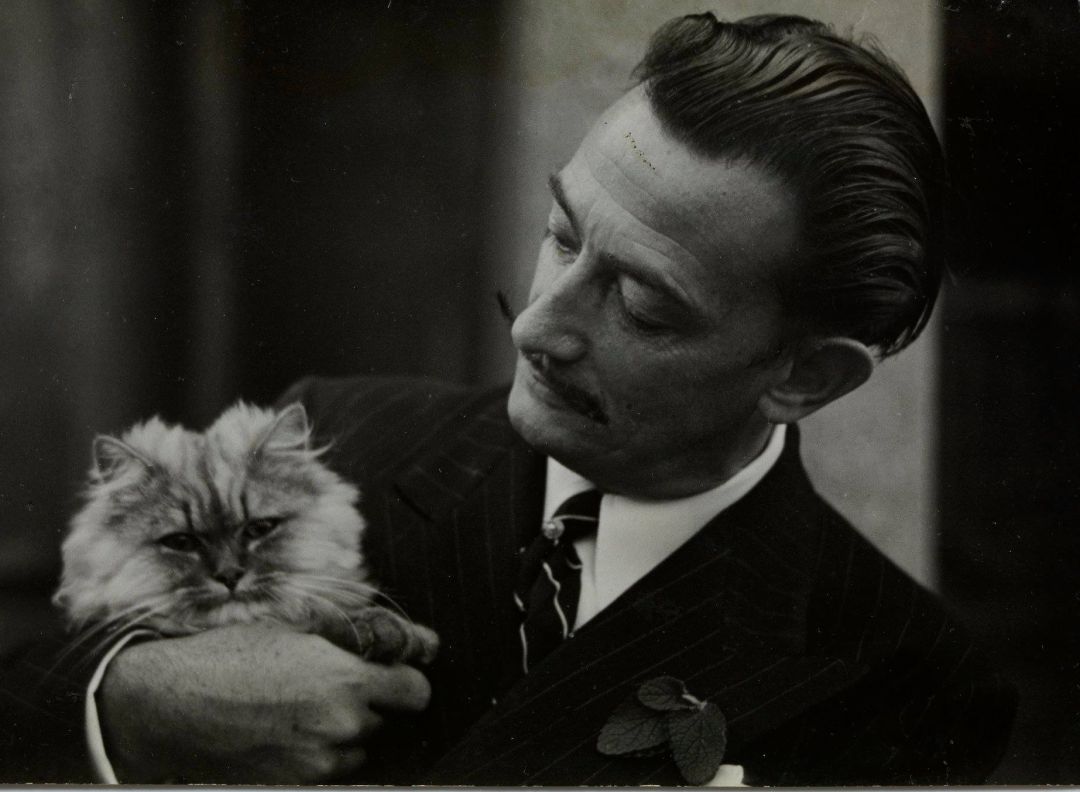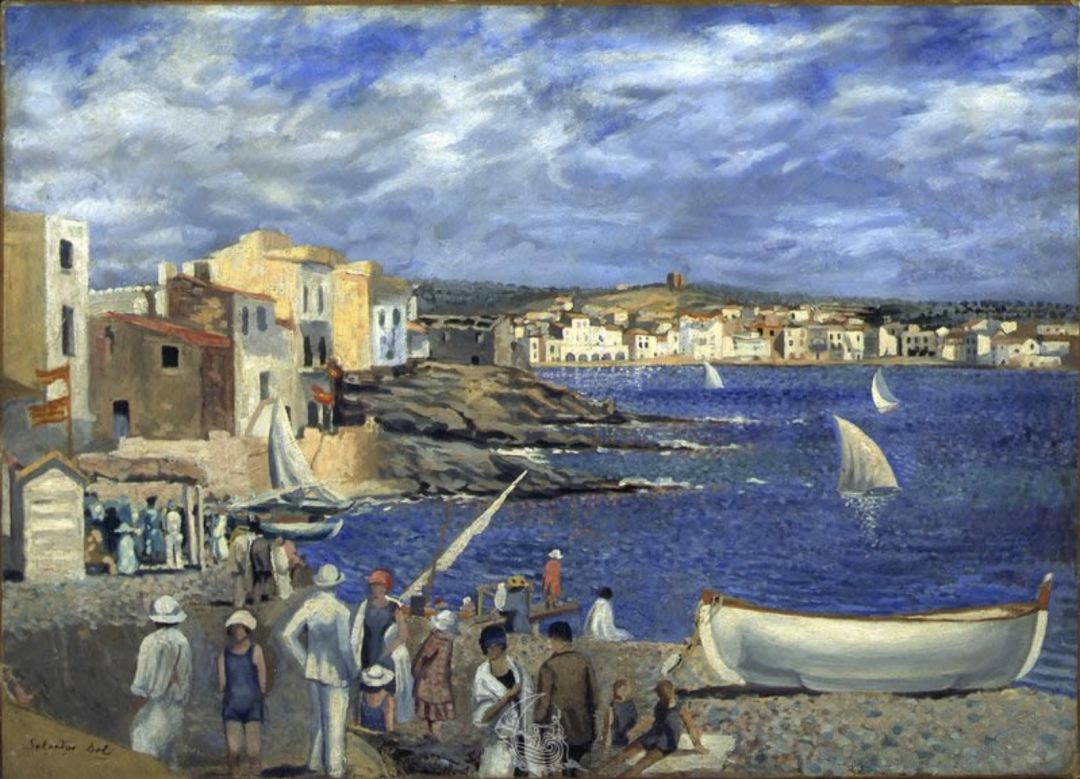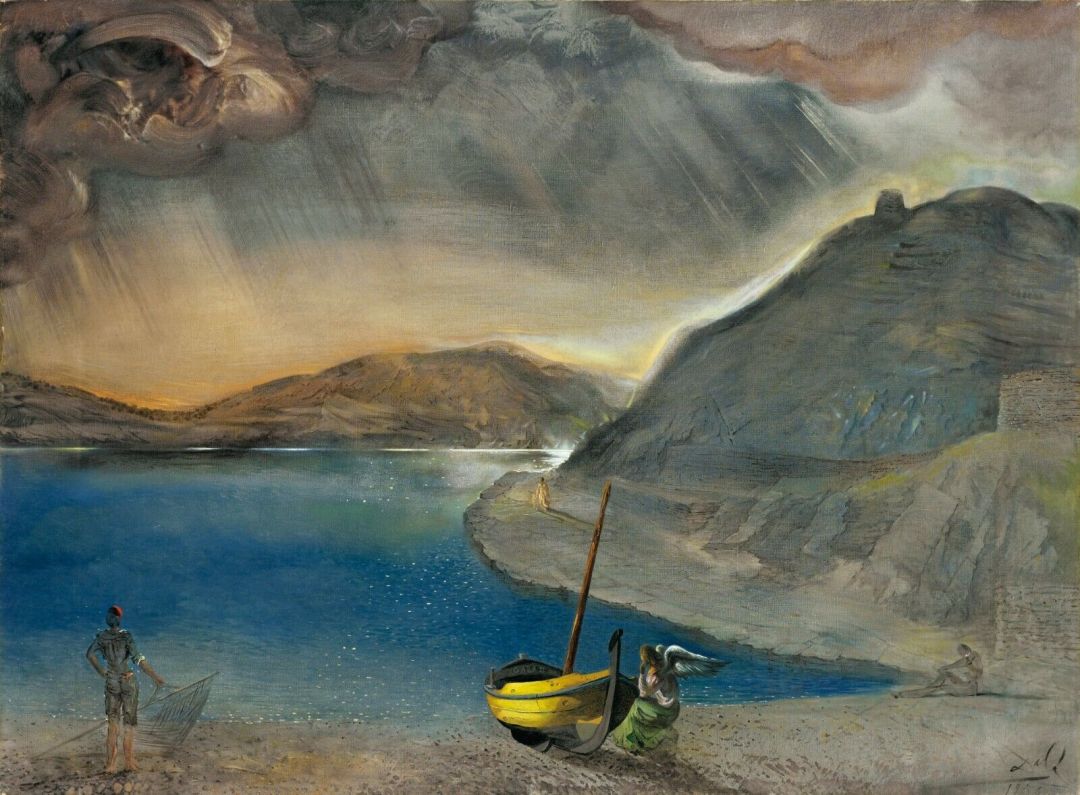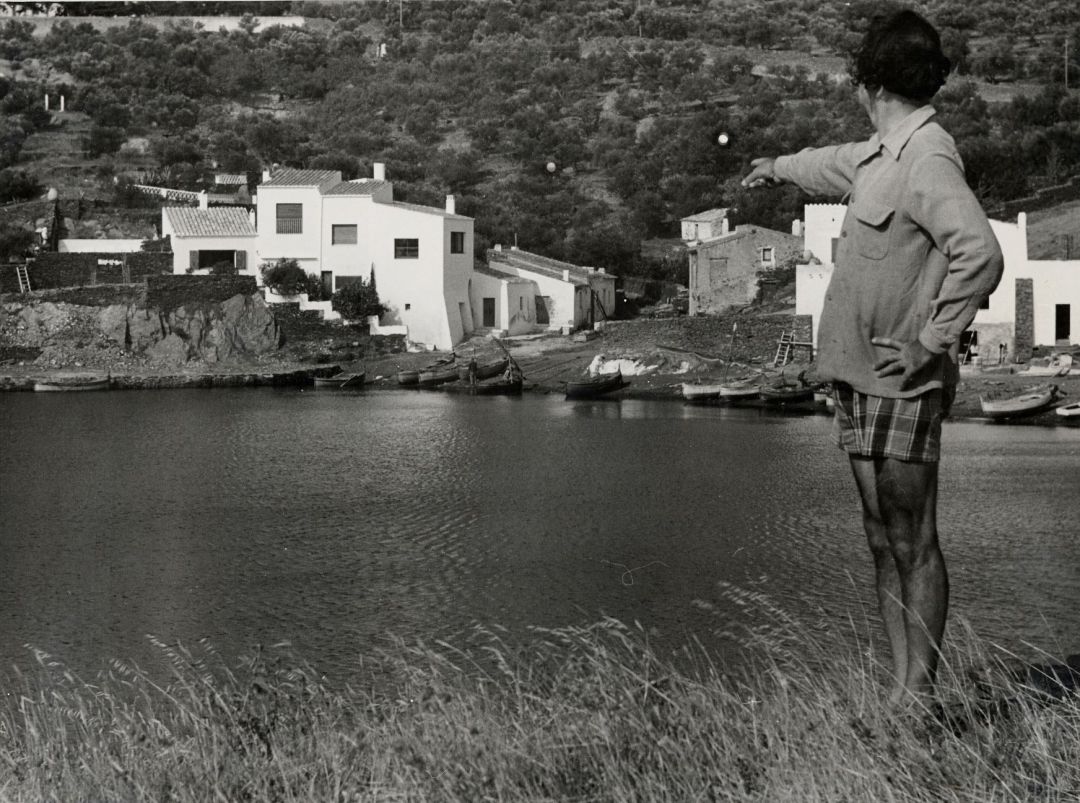JOIN the AFICIONADOS
Get the insider news and lowdown on what we've been up to, where we've been, and who we've met along the way. Be the first to discover new places and get the scoop on our favourites.
In the place where life started and ended for Salvador Dalí, L’Empordà and, in particular, the municipality of Cadaqués, was a source of constant inspiration to one of Spain’s most celebrated artists: the bizarre rock formations, endless blue skies, cubic fishing villages and untamed landscapes forming the subject matter for his oeuvre.
From the man who declared, "my mystical paradise starts on the plains of the Empordà” we turn the lens on Dalí and the place that inspired his famous Surrealist paintings. Flanked by the Pyrenees mountains inland and edged by the Costa Brava Mediterranean coastline, L’Empordà is peppered with hitherto unknown Catalonian towns that Dalí put on the map: Figueres, Púbol, Cadaqués and Port Lligat.
Today, exploring L’Empordà or the ‘Dalí Triangle’, visually brings notable parts of Dalí’s history to life. His birthplace and upbringing in Figueres was where he connected with the big blue Catalonian skies which he painted from the rooftop of his family apartment, becoming an enduring fascination and backdrop of his work throughout. He was also taken with Catalonian traditions which also play a part in his early works – the eerie watercolour Sardana of the Witches painted in 1918-20 depicts a circular dance that originated from L’Empordà.
Figueres is home to the whimsical Teatre-Museu Dalí, where Dalí lies below in the crypt. Dalí lived here in the latter part of his life, until his death in 1989. The turreted Teatre-Museu Dalí, crowned by a geodesic dome in maroon, contains the most comprehensive selection of his work including a study of Port Alguer (1924), near Cadaqués, a place that captured Dalí’s heart and spurred his creative output through its abundant light, tranquillity and freedom.
A simple place made up of fisherman’s shacks, Dalí resided in Port Lligat close by Cadaqués, buying up a few rustic abodes and forming a creative enclave of whimsy and artistic eclecticism, (including the tiny cabin with the oddly positioned doorway close to Cala Saniá) which he welcomed artists and dreamers to over the years. Visit the house today to see a curatorial interior exactly how it was left by Dali, after his beloved wife Gala died after 53 years of marriage, he could not bear to return. Be greeted by Dali-isms - a stuffed polar bear holding a lamp, lip-shaped sofas and ornamental eggs providing a portal into the mind of the surrealist as well as more humdrum items that show the man behind the mystery – everyday furniture, dried flowers and tubes of paint.
After his wife Gala’s death, Dalí moved to Púbol Castle also known as the Gala Dalí Castle House-Museum. He had bought the castle for her in 1969, restoring and decorating it in his signature style, and it became her final resting place in the mausoleum he designed. Take a tour today to discover sculptures of elephants with spindly legs in the garden, a piano room, intricate tapestries and ceilings ornately painted alongside the accoutrements of their unconventional life together.
Scattered around L’Empordà, Dali’s legacy is pronounced and almost all-encompassing; for Dali it was the backbone and absolute essence to his entire pictorial universe.



